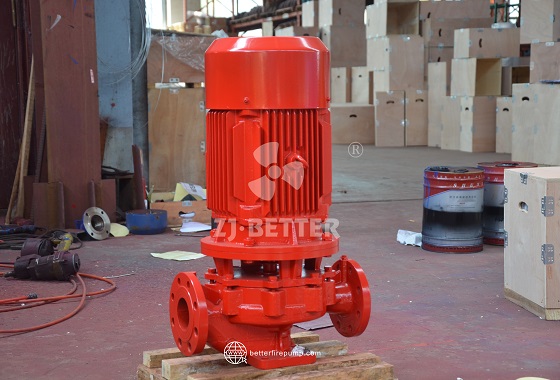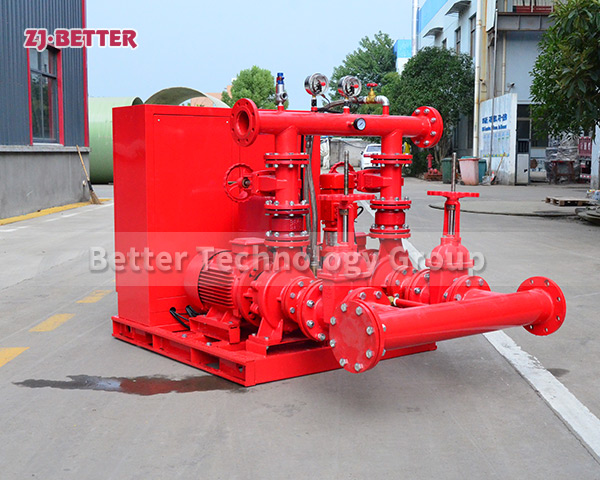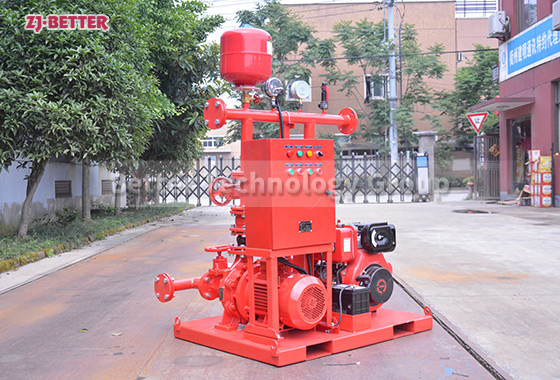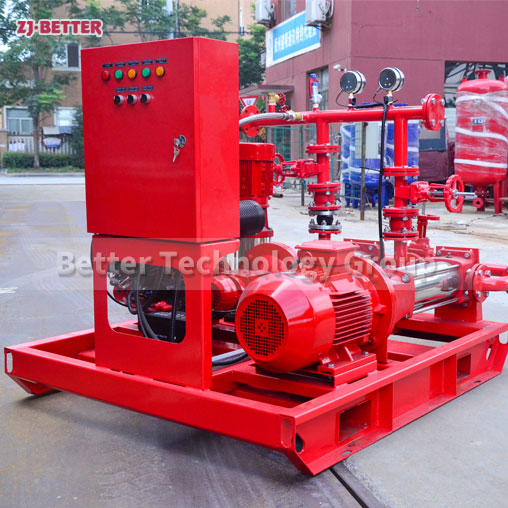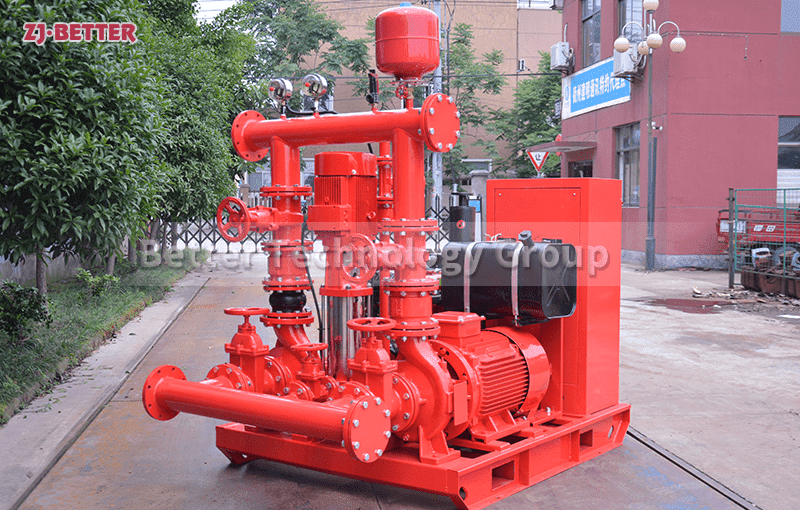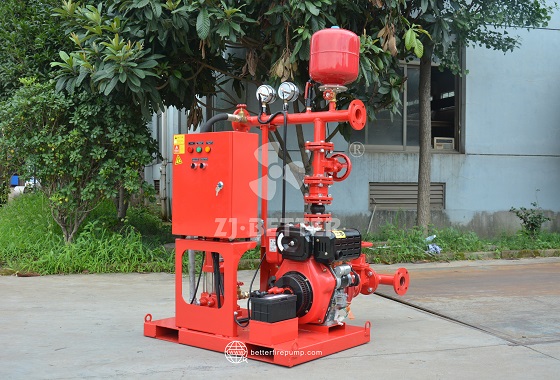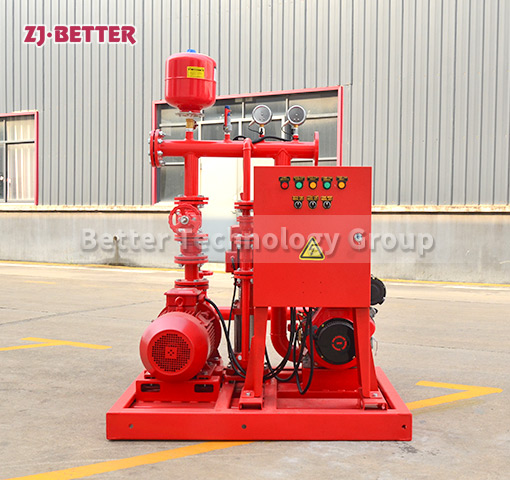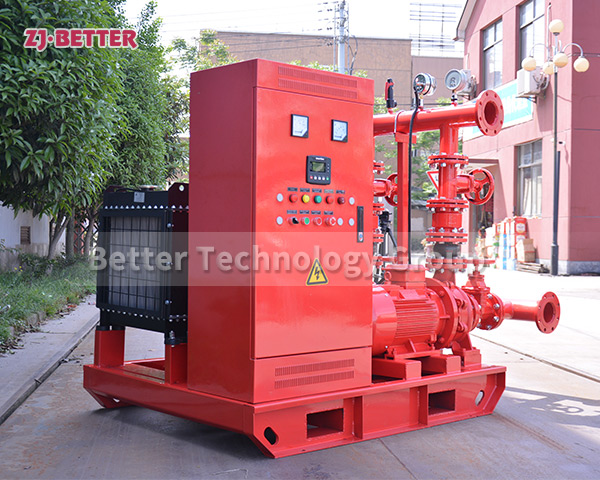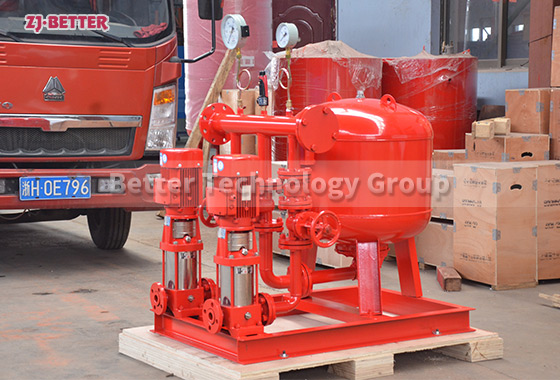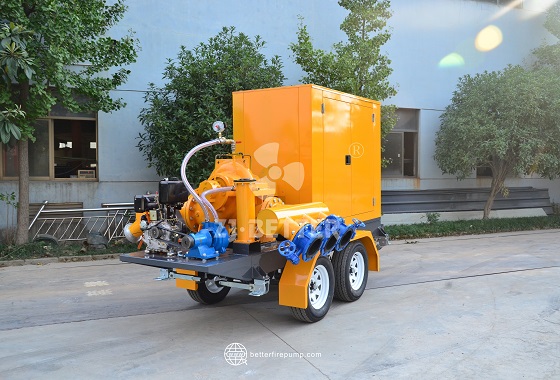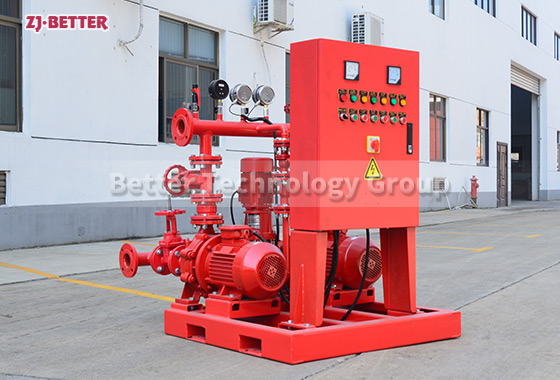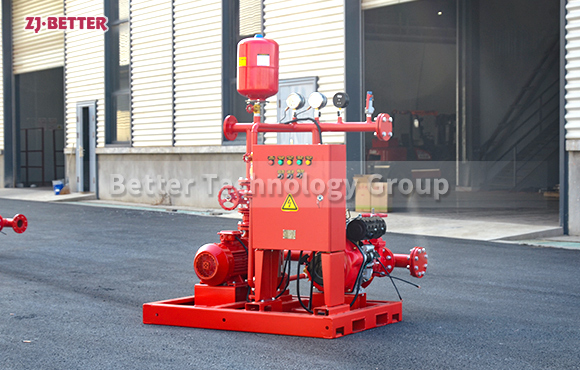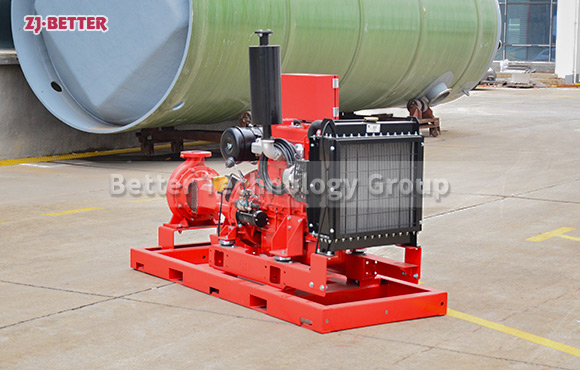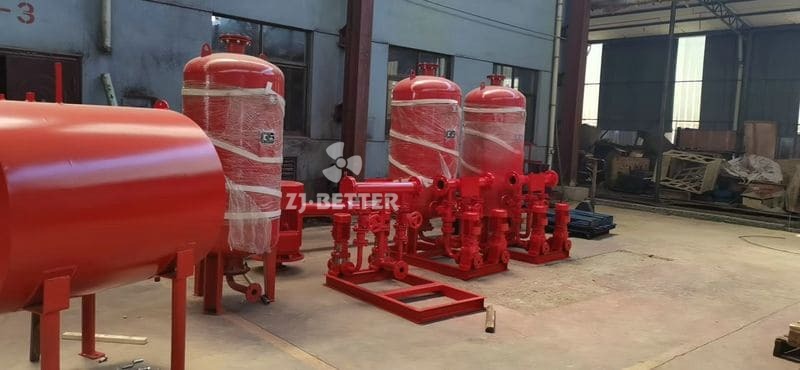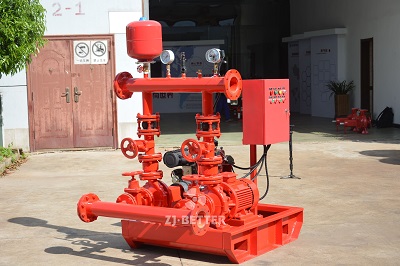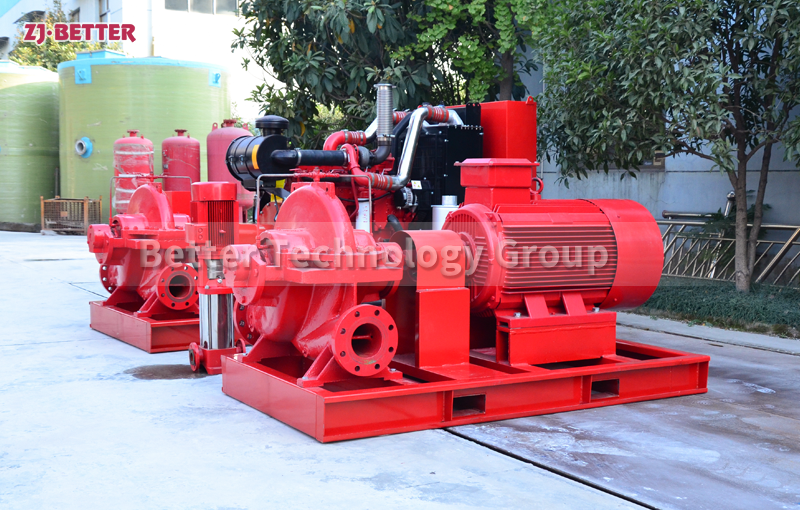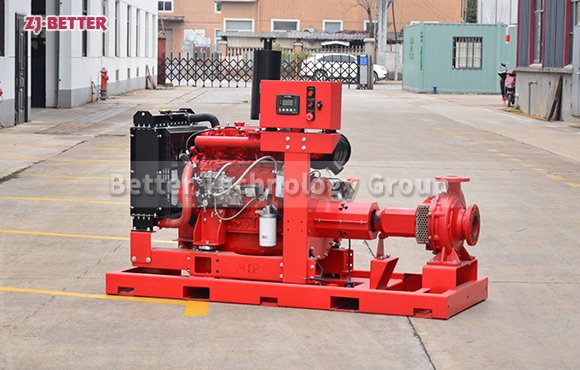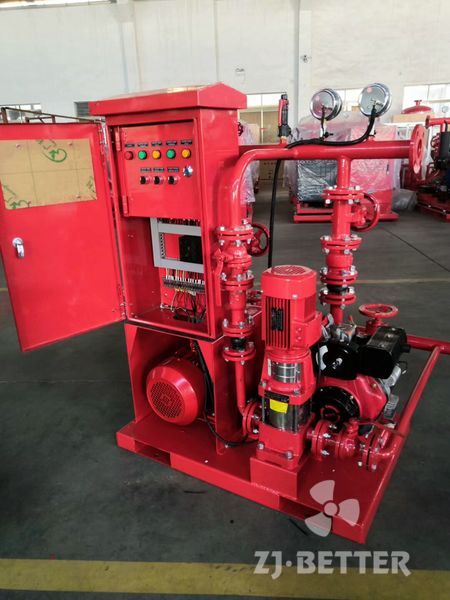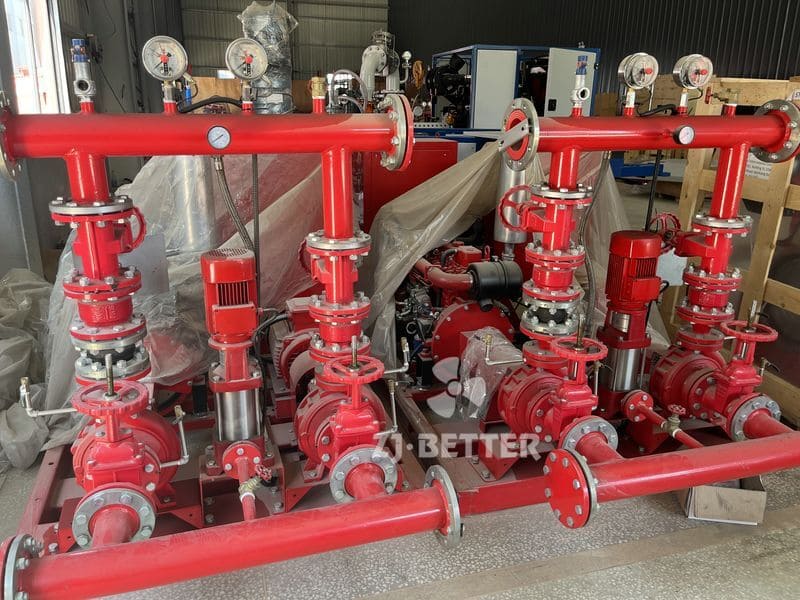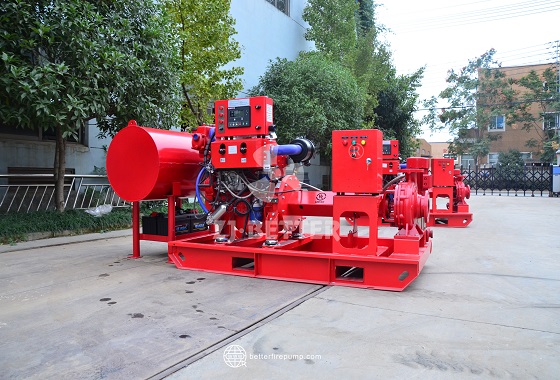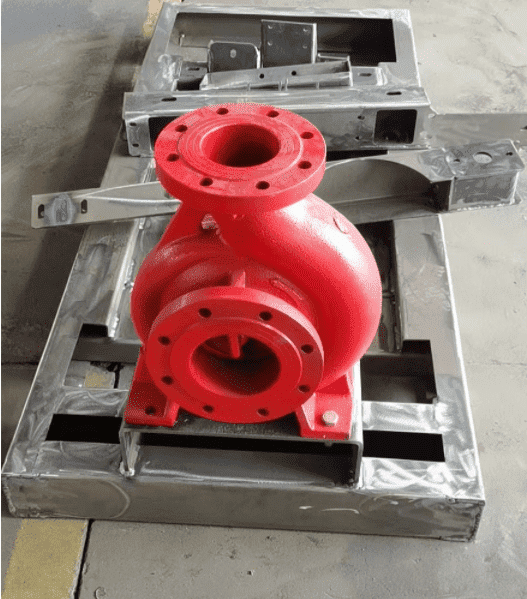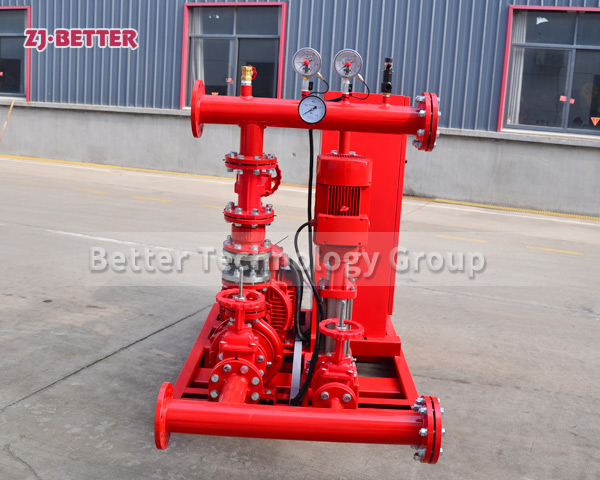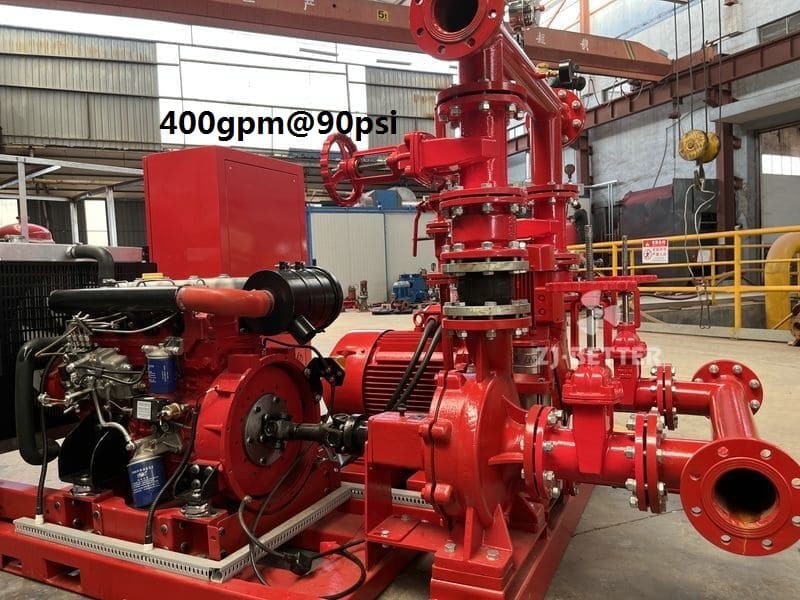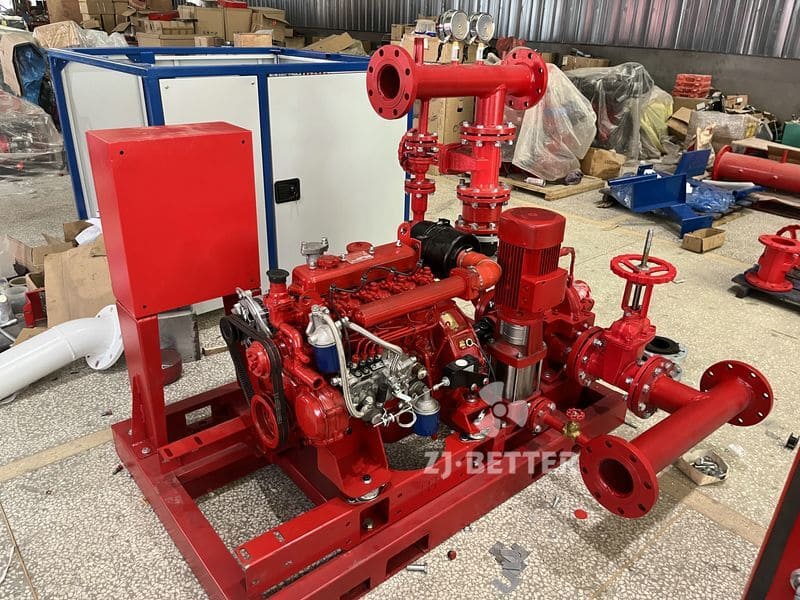What maintenance details do fire pumps need to do?
1. Inspect and test the fire pump, piping, valves, and relief valves annually for proper operation and water flow.
2. Make sure the fire pump is in good working condition and that all safety systems are in place and operational.
3. Check the fire pump’s pressure gauge and make sure it’s properly calibrated.
4. Inspect the motor, couplings, and belts for proper alignment and condition.
5. Clean the fire pump’s suction and discharge strainers regularly.
6. Ensure that the fire pump is properly lubricated and that all bearings and seals are in good condition.
7. Test the fire pump with a certified flow test annually.
8. Inspect the fire pump’s control panel and make sure it’s in proper working order.
9. Test the fire pump’s jockey pump and make sure it is operational.
10. Check all electrical connections and wiring for proper operation.
1. Inspect and test the fire pump, piping, valves, and relief valves annually for proper operation and water flow.
2. Make sure the fire pump is in good working condition and that all safety systems are in place and operational.
3. Check the fire pump’s pressure gauge and make sure it’s properly calibrated.
4. Inspect the motor, couplings, and belts for proper alignment and condition.
5. Clean the fire pump’s suction and discharge strainers regularly.
6. Ensure that the fire pump is properly lubricated and that all bearings and seals are in good condition.
7. Test the fire pump with a certified flow test annually.
8. Inspect the fire pump’s control panel and make sure it’s in proper working order.
9. Test the fire pump’s jockey pump and make sure it is operational.
10. Check all electrical connections and wiring for proper operation.


